https://vimeo.com/295611991
Kate Beane, Flandreau Santee Sioux
In 1829, Dakota people created a village on the shore of Bde Maka Ska. The name of the village was Ȟeyáta Othúŋwe which can be translated as “The Village Set Back (from the Mississippi River). A Dakota leader named Maȟpíya Wičhášta (Cloudman) established the village in order to adopt new agricultural methods. For the next 10 years, farmers at Ȟeyáta Othuŋwe were successful enough to feed not only themselves but neighboring Dakota villages. After ten years, the village avoided ongoing conflict with Ojibwe people by relocating to “Oak Grove,” which would become Bloomington, Minnesota.
“Though the Dakota community at Bde Maka Ska has historically been used to represent an early assimilationist society and has been interpreted as a Dakota village that adhered to the “good” Indian binary (as farmers who practiced the Christian faith), this is not the way that I view the history of this place at all. This location and history reflect a more important story that, though not often taught or well known within the state of Minnesota, is emblematic of the ways in which Dakota people defied colonialism in order to survive. The people that lived at this lake worked hard, incorporating key Dakota values that benefited the community while at the same time adapting the ways of an ever-changing world into their daily lives and world-view.” From Woyakapi Kin Ahdipi “Bringing the Story Home” a dissertation by Kate Beane
In the Maȟpíya Wičhášta/Cloudman page Kate Beane introduces Maȟpíya Wičhášta (Cloudman), the Dakota leader who started and guided the village of Ȟeyáta Othuŋwe. The Life at the Village page offers info about daily life in the village.
At Ȟeyáta Othuŋwe, the village at Bde Maka Ska, the Dakota language was first written. For this and many other reasons, this lake is an important place in Dakota history.
Dakota people are modern people, living in a modern world, treasuring Dakota values, traditions, and places.
In this part of the site, you can view photos of Dakota individuals and groups, listen to Dakota people talk about what it means to be Dakota and how the dominant world can learn from Dakota traditions and values. To learn about the Dakota language and some of the words used in the website and at the lake, spend some time on the Language pages.
Our people … took care of the land.
The land didn’t belong to them;
they belonged to the land.
Kate Beane





https://vimeo.com/295610319https://vimeo.com/295616431
